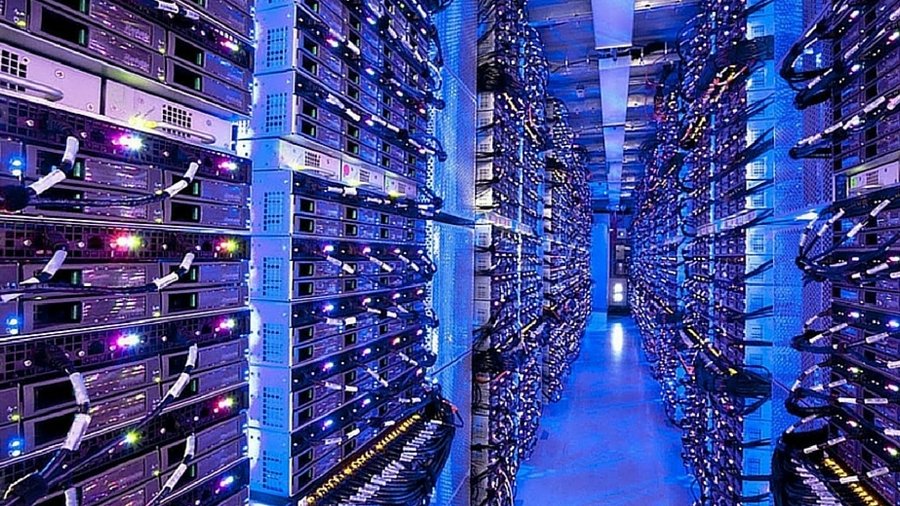New research has claimed the shift toward carrier-neutral Internet Exchanges (IXs) is revolutionizing data center connectivity, providing geographical diversity, redundancy, and flexibility to meet the increasing demands of AI, cloud services, and data-heavy applications.
Over the past decade, there has been a 600% growth in the deployment of IXs in the US, according to a recent study by Dstream Group, conducted on behalf of DE-CIX, which found 80% of all US Internet Exchanges (IXs) are now data center and carrier-neutral.
Of the top 50 largest IXs in the US, 35 (70%) are neutral, the report found indicating a strong preference for this model among network operators. By being spread across various operators and locations within a metro area, neutral IXs help businesses avoid vendor lock-in and provide the opportunity for redundant connections. This redundancy is essential for resilience.
Why adopt neutral IXs over traditional models?
The study notes now the data centre and carrier model is proving more resilient and adaptable to modern connectivity needs.
In today’s digital world, the demand for robust, flexible, and resilient digital infrastructure is growing rapidly. With the rise of cloud computing, artificial intelligence (AI), and the Internet of Things (IoT) – organizations require faster, more reliable connections to meet the expectations of modern digital services.
Low latency, high-performance interconnection, and network resilience have become essential in powering everything from real-time data analytics to online gaming and high-resolution video streaming. In response, data centers and Internet Exchanges (IXs) are evolving to meet these demands.
Unlike IXs operated by single carriers or data center operators, neutral IXs are distributed across multiple data centers and run by independent specialists, allowing them to offer more access points, improving network density and reducing latency.
Since they can connect to multiple data centers, they offer up to four times more facility connections than traditional models and they also offer geographical diversity which is a key factor in ensuring resilient connectivity.
Furthermore, neutral IXs are fostering collaboration within digital ecosystems by connecting a diverse range of data centers and networks, thereby promoting competition and innovation while offering businesses more choices. Rather than fragmenting the market, the introduction of additional neutral IXs often enhances growth, leading to a more robust and interconnected ecosystem.
The demand for data center capacity in the US is at an all-time high, driven by the explosion of AI, cloud services, and other data-heavy applications. Currently, the US has 11,200 MW of installed data center capacity, with an additional 5,500 MW under construction and 12,600 MW in planning. This indicates a potential 160% growth in the near future.
Primary markets like Northern Virginia and Dallas/Fort Worth are leading the way in data centre construction. However, secondary and tertiary markets such as Las Vegas, Reno, and Columbus are also emerging as important players in the data center ecosystem. These regions offer lower costs, tax incentives, and ample space and power availability, making them attractive for future data center development.
As traditional data center hubs like New York and Los Angeles face constraints related to space and power, secondary and tertiary markets are seeing growth.
Regions like Phoenix, Dallas/Fort Worth, and Chicago are emerging as strong competitors, with smaller markets such as Las Vegas and Reno gaining ground due to favorable conditions for data center builds. These secondary markets are well-positioned to support the next wave of growth in the data center industry.
“The past decade has demonstrated the immense value of the neutral and distributed model for driving digital growth in the US market,” said Ivo Ivanov, CEO of DE-CIX.
“The study shows that these IXs, which follow the European model of neutrality, are not only future-proof, but essential to support the emerging needs of cloud computing, AI, and IoT to enable extremely low latency connectivity for critical current and future use cases.”
More from TechRadar Pro
UK says data centers are critical infrastructureBiggest challenges datacenters are facing right nowMeta has a way to save water in its data centers
This articles is written by : Fady Askharoun Samy Askharoun
All Rights Reserved to Amznusa www.amznusa.com
Why Amznusa?
AMZNUSA is a dynamic website that focuses on three primary categories: Technology, e-commerce and cryptocurrency news. It provides users with the latest updates and insights into online retail trends and the rapidly evolving world of digital currencies, helping visitors stay informed about both markets.
